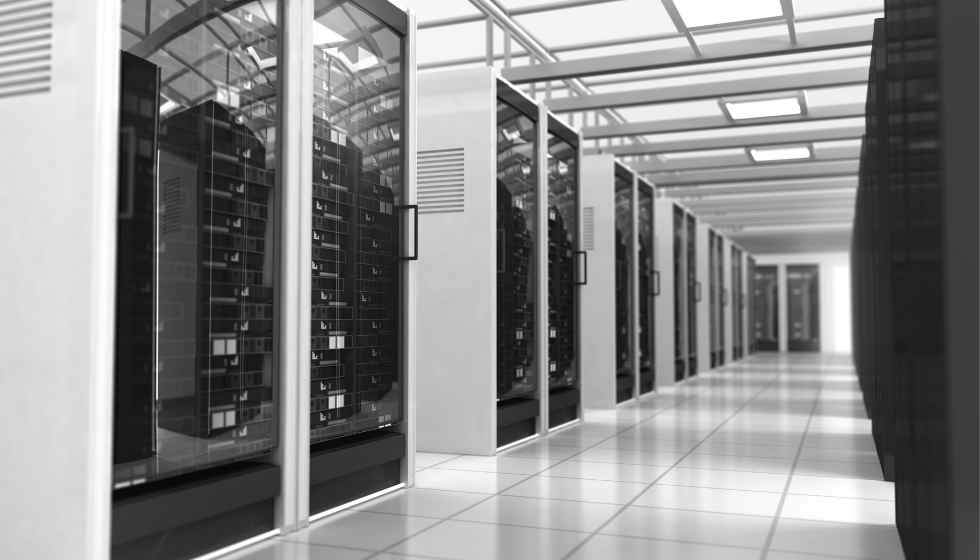At a global and national level, the data center sector has observed notable growth that will continue in the coming years.
Data centers have become a key factor economy, where large companies already invest large sums of money to build their infrastructures.
Maintaining these investments not only depends on the benefits our country offers for data centers –its geographical location and climate– but it is also necessary to know how to face the new market demands and future challenges.
Thus, data centers must face various challenges to ensure this exponential growth. In this sense, data experts highlight some of these challenges facing the industry for the coming year:
Sustainability: Caring for the environment is the main concern of companies in any sector. This becomes especially important in the technology industry, which is estimated to be responsible for 6% of CO2 emissions. For this reason, data centers are directing their efforts toward converting to sustainable data centers. In this sense, energy efficiency is one of the most important issues. For this, in addition to studying the location of the facilities to promote energy savings -since locating the DPCs in places with milder climates favors their cooling, achieving thermal savings of about 50%-it is important to know the existing alternatives in terms of processors and infrastructure cooling. In that sense, liquid cooling will gain even more followers next year.
This alternative has a thousand times greater cooling capacity than air and requires ten times less energy to remove heat. In fact, according to fibrates estimates, the implementation of this cooling method could mean a saving of more than 205,000kWh for a rack of eight servers concerning air cooling. Concerning processors, betting on low-consumption processors reduces energy consumption by 10%.
Availability: Despite a higher degree of demand, ensuring the availability of the data center is key to guaranteeing its operation and, therefore, its economic viability. The trend in this regard is to move towards data centers that ensure availability as close as possible to 100%, known as Tier IV, which guarantees 99.995%. These DCs have several independent and concurrent maintenance systems, which means they are not affected by unforeseen or planned maintenance and suffer an interruption in service.
This is the most robust certification that a data center can receive, and by 2023 data experts estimate that these certifications will increase due to the transformation of many existing data centers and the construction of new ones.
Talent: This industry’s rapid growth requires hiring more personnel to guarantee optimal service. However, in recent years there has indeed been a certain complexity regarding attracting talent and retaining it. This leads to a shortage of professionals in the sector, which means that many companies need help to meet demand quotas.
For this reason, 2023 is an opportunity for companies and educational institutions to value the importance of training in the data center industry, incorporating more knowledge specifically related to this topic.
Energy: Energy saving and using alternative energy sources are two of the main challenges for the sector for the coming year. And it is that the data center industry is one of the industries that consume the most energy: around 205 terawatt hours, which is equivalent to 1% of all the energy consumed globally, with a forecast of reaching about 8%. of the total projected electricity demand.
Thus, in addition to adopting measures to improve energy efficiency -such as liquid cooling, taking care of the location of the data center, and using low-consumption processors-it is important to opt for using renewable energies. In this sense, using renewable energies can achieve almost zero carbon dioxide emissions, which favors the sustainability of DC.
